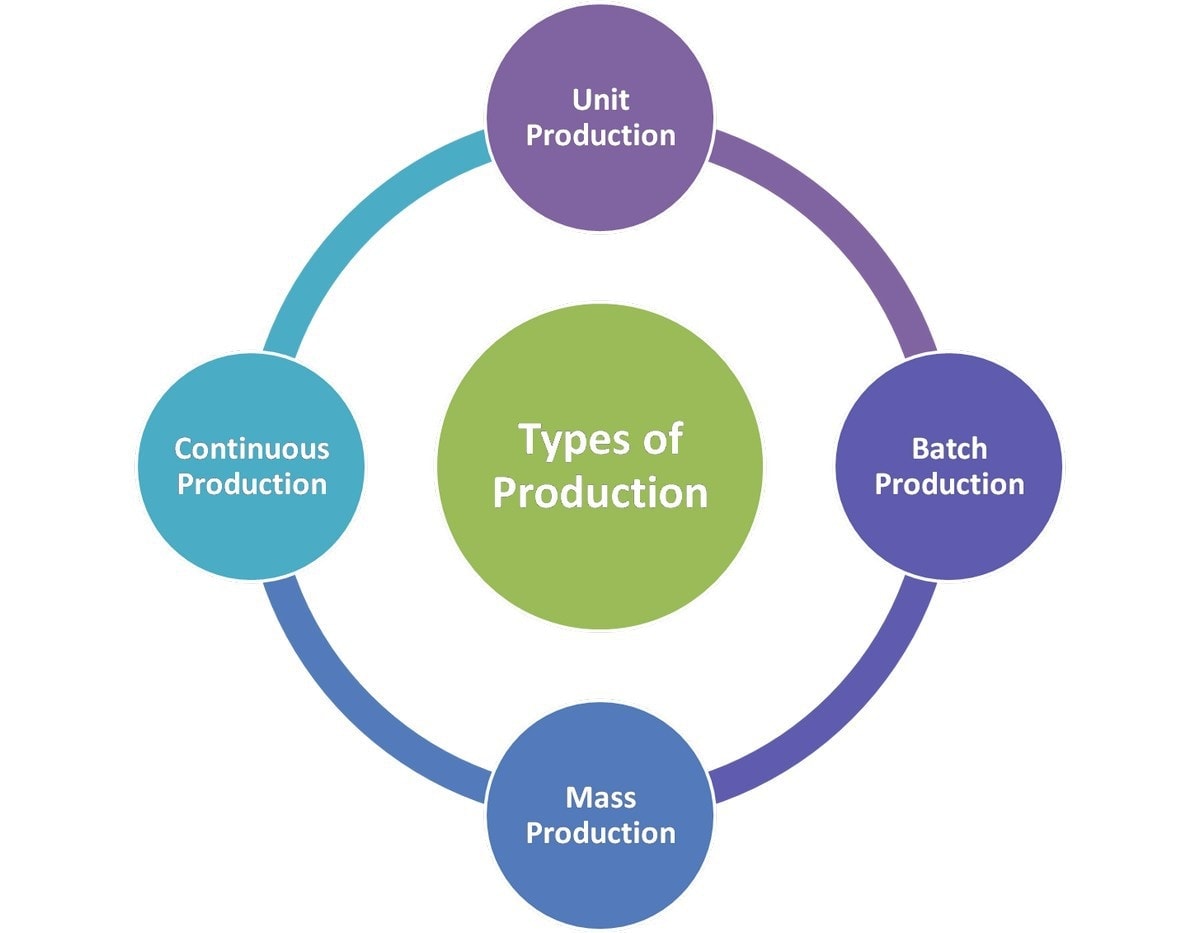Ensuring that everyone is comfortable with the new workflow and knows what to do is key to having unobstructed information flow and an effective maintenance scheduling strategy.
Here is some advice on how to introduce the new workflow and software to your team.

Present new software and procedures
If you have a bigger maintenance team, the chances are that only a few of them were actively involved in the whole implementation process. Spend some additional time to ensure they know how to use it properly and then use them to train the rest of your maintenance staff.
During the training sessions, the written materials along with truncated step-by-step guides (cheat sheet) and a hands-on demo of your selected CMMS will best communicate the changes to your maintenance approach.
Training sessions may be broken into seven segments to provide a comprehensive illustration of the PM program:
- Presentation of the new maintenance strategy
- Instruction of newly adopted procedures
- Demonstration of new technology
- Defining roles and responsibilities within the new strategy
- Hands-on CMMS training
- Assignment of mobile devices for CMMS users (if applicable)
- Q&A
If you are interested, here is some additional read on how to introduce a CMMS to your maintenance team.
Ask for vendor support (if you are using a CMMS)
This is something you should never actually need to ask for since it should be in the vendor’s own interest to make the implementation as smooth as possible.
In any case, your dedicated CMMS vendor should have a lot of expertise and experience so their involvement in this process is crucial.
Besides their advice, video tutorials and training documents are the two things that will make the transition faster and easier.
Beta test your preventive maintenance plan
Allocate a week or two (depending on the activity level of your maintenance environment) to allow the implementation team to follow the procedures in real-time. Providing this training ground will identify areas for clarification, reveal any gaps in instruction, and provide the opportunity to work out kinks in the program.
